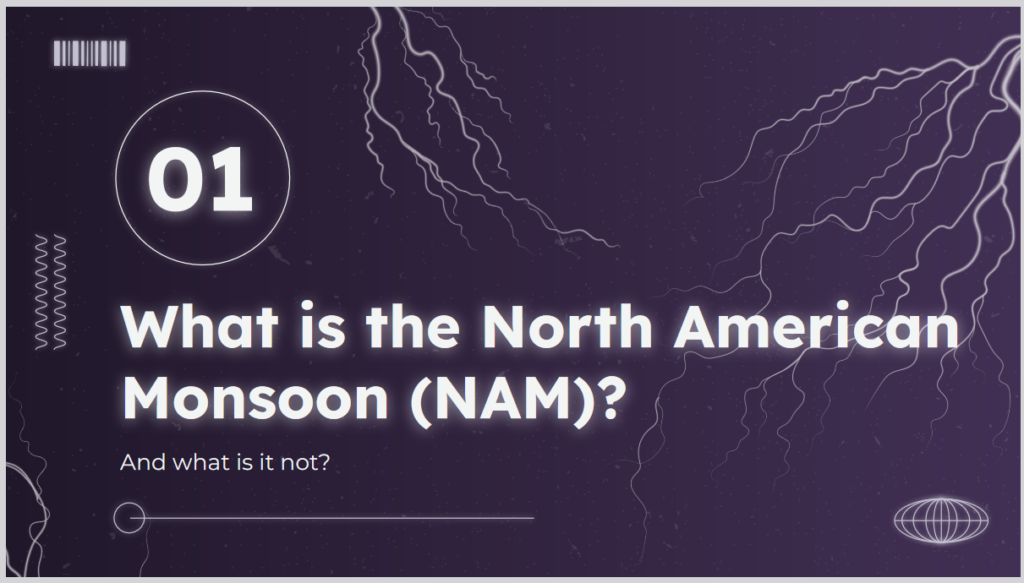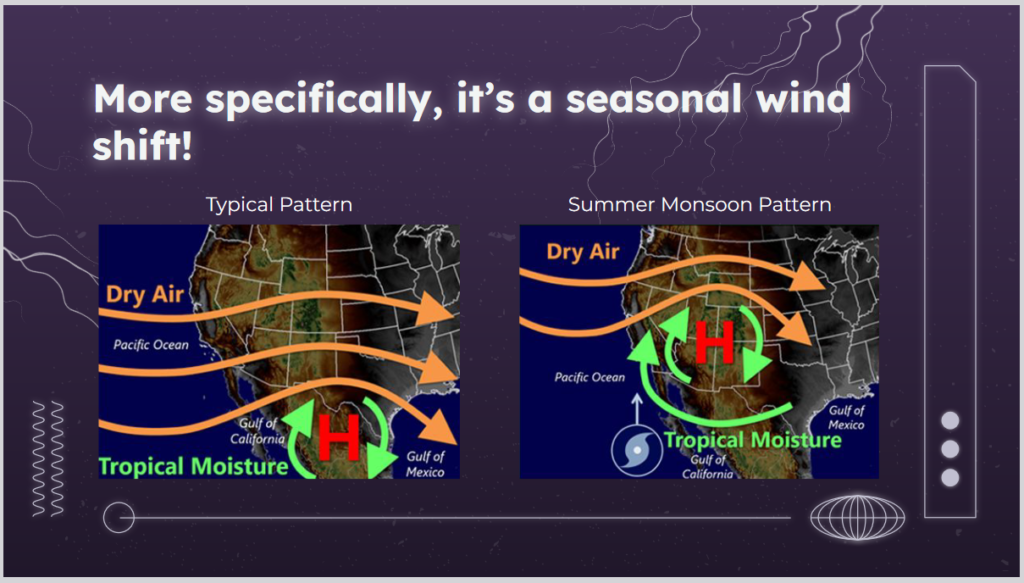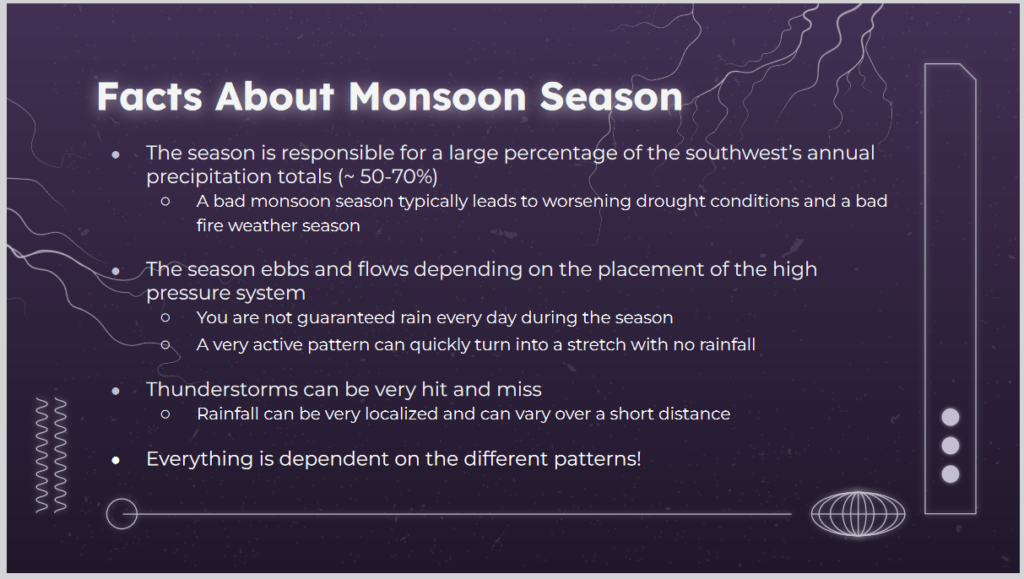On the second Thursday of every month, NOAA issues its analysis of the status of ENSO. This includes determining the Alert System Status. Although the current status remains the same i.e. La Nina Advisory, the forecast has been adjusted somewhat from last month. The forecast calls for the La Nina to continue to fade. The timing is shown in the NOAA discussion and the IRI probability analysis. The Australian Meteorological Service thinks this will happen sooner and I agree. I present some information that suggests that NOAA has the timing wrong and that the transition to ENSO Neutral will occur fairly soon.
The impact of the NOAA forecast for the transition from La Nina to ENSO Neutral will show up next Thursday when NOAA issues its Seasonal Outlook. The NOAA ENSO Status Update provides an advance indication of how the forecast might change. To repeat, I expect the demise of La Nina to occur somewhat sooner than predicted by NOAA. It is not a significant difference. There is a lag between the ENSO state and the impact on U.S. weather. Thus the exact date when a fading La Nina meets the criteria for ENSO Neutral may not be very important in terms of the actual impact on Spring and Summer weather including the North American Monsoon (NAM). We will learn what NOAA thinks next Thursday.










